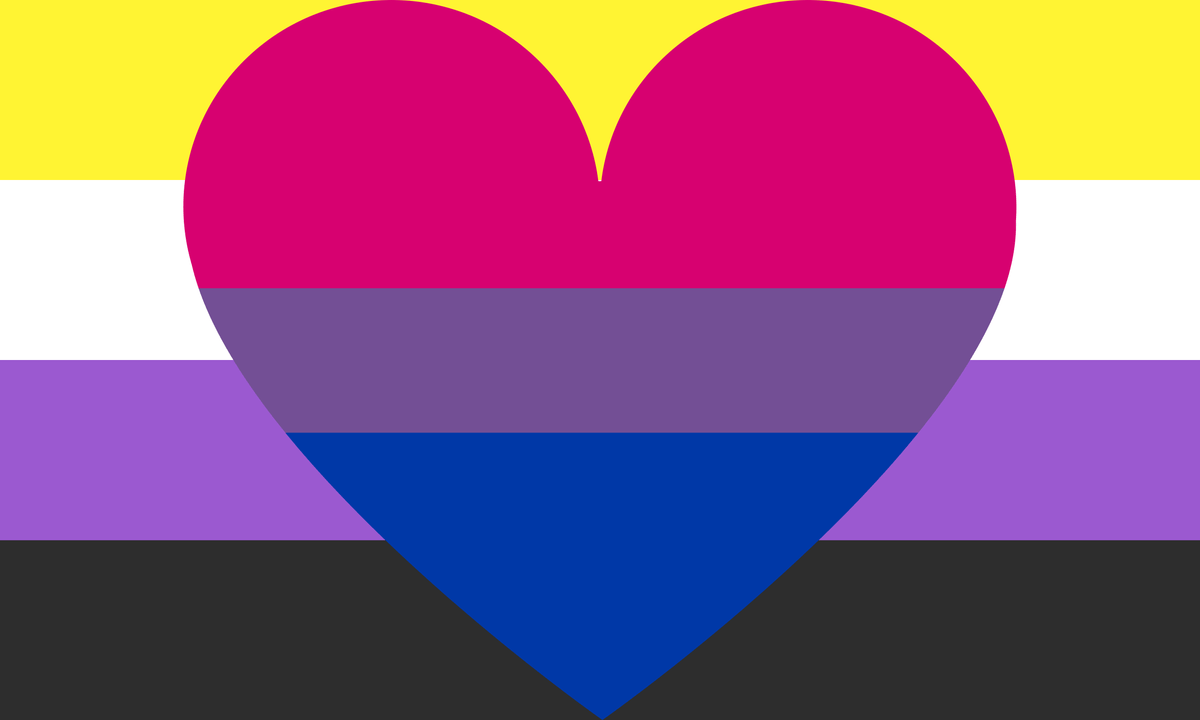

That is not actually one of the criteria for fair use in the US right now. Maybe that’ll change but it’ll take a court case or legislation to do.
A bisexual nonbinary poster of memes and other things • They/Any


That is not actually one of the criteria for fair use in the US right now. Maybe that’ll change but it’ll take a court case or legislation to do.


NPR reported that a “top concern” is that ChatGPT could use The Times’ content to become a “competitor” by “creating text that answers questions based on the original reporting and writing of the paper’s staff.”
That’s something that can currently be done by a human and is generally considered fair use. All a language model really does is drive the cost of doing that from tens or hundreds of dollars down to pennies.
To defend its AI training models, OpenAI would likely have to claim “fair use” of all the web content the company sucked up to train tools like ChatGPT. In the potential New York Times case, that would mean proving that copying the Times’ content to craft ChatGPT responses would not compete with the Times.
A fair use defense does not have to include noncompetition. That’s just one factor in a fair use defense and the other factors may be enyon their own.
I think it’ll come down to how “the purpose and character of the use, including whether such use is of a commercial nature or is for nonprofit educational purposes” and “the amount and substantiality of the portion used in relation to the copyrighted work as a whole;” are interpreted by the courts. Do we judge if a language model by the model itself or by the output itself? Can a model itself be uninfringing and it still be able to potentially produce infringing content?


Running through Google translate and reading the article
An experimental team from Anhui has worked for more than ten hours and is trying to reproduce the results. They updated the latest progress tens of minutes ago. The results will come out in about three days. Perhaps soon, we will be able to witness the gold content of room temperature superconductivity.
It seems they are in the middle of replicating the results. Not that they have already completed replicated the results.
The actual article title is:
The first room-temperature and atmospheric-pressure superconductor has sparked global enthusiasm, and tens of thousands of people are watching the progress of the Chinese team’s reappearance
when I translated it.
You are kind of hitting on one of the issues I see. The model and the works created by the model may b considered two separate things. The model itself may not be infringing in of itself. It’s not actually substantially similar to any of the individual training data. I don’t think anyone can point to part of it and say this is a copy of a given work. But the model may be able to create works that are infringing.